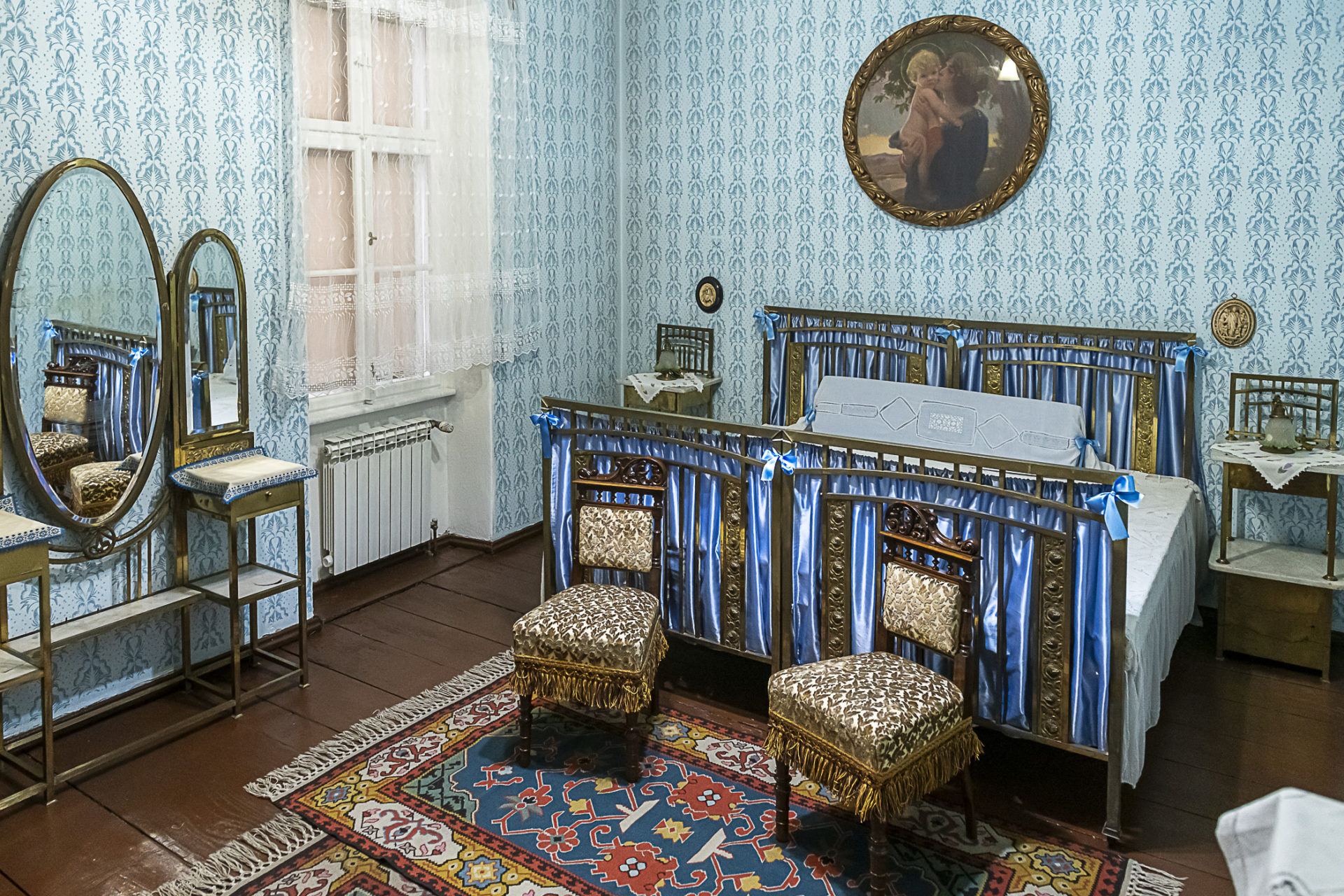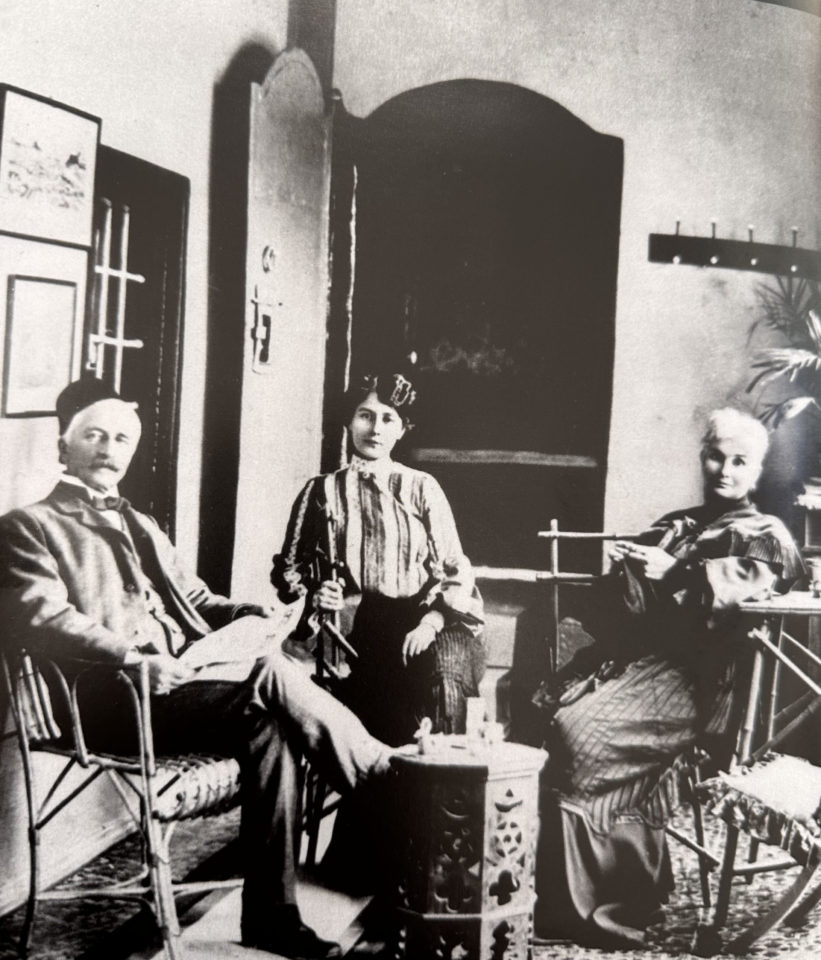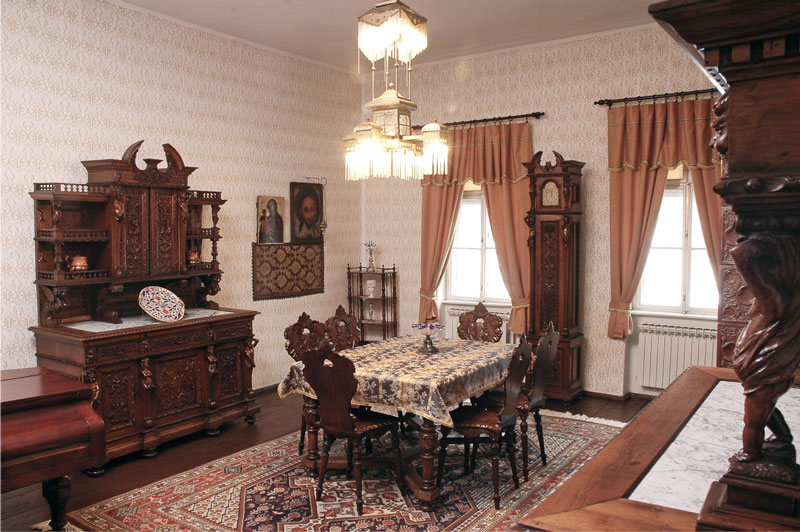
The Despić House, once a family home, is today an annex of the Sarajevo Museum, preserving a deep and lasting trace of Sarajevo’s cultural history.
It is located in the historic quarter of Sarajevo, near Baščaršija, and opposite the Latin Bridge over the Miljacka River. It bears witness to the residential culture of the distinguished Despić merchant family from the 19th and early 20th centuries. This house is not only an architectural treasure, but also one of the first places where theatrical life developed in the capital of Bosnia and Herzegovina.
Two Worlds Under One Roof
“This annex of the Museum of Sarajevo represents the residential culture of a wealthy Orthodox merchant family through two periods: Ottoman and Austro-Hungarian. From a museological standpoint, it is of great value, and it is extremely rare to observe the specifics of two different periods in one place—to be able to both compare the differences an notice the similarities,” said Žanka Dodig, museum advisor and head of the Despić House.
The building, together with all the preserved artefacts, represents a unique synthesis of Eastern and Western ways of life in Sarajevo at the turn of two periods. The history of the Despić family begins with the arrival of Rista Sljepčević from eastern Herzegovina to Sarajevo, where he married a young woman from Sarajevo named Despa. The surname Despić was coined from Despa’s name and those of their sons. Among the many members of the family, Hajji Makso Despić stands out. As a treasurer under the Ottoman administration and city councilor during the Austro-Hungarian era, he is considered the family’s most striking personality.

The unique value of the house lies in its dual character: the ground floor features an oriental style, with a kitchen, fireplace, brazier, and a sleeping area on the floor; the upper floor, meanwhile, is a glimpse into the world of western bourgeois style, with high tables, upholstered furniture, ceramic stoves, and a piano as a symbol of the status and cultural orientation of the time. “There are few museums that offer such comparisons,” Dodig points out, emphasizing the historical and educational value of the Despić House.
The First Theater and a Place for Dedicated Work
The Despić House contains two unique rooms: the Kubelija Room and the Theater Room. The Kubelija Room was where the host made business arrangements and engaged in serious work, while the Theater was a place of entertainment, rich in poetry evenings and theater performances. According to testimonies, foreign diplomats regularly attended these gatherings alongside relatives and friends of the Despić family, which shows the broad perspective of the hosts and their respect for tradition. It was precisely because of this attitude and openness, according to Dodig, that Makso Despić was so loved and respected in his community.
“The most important person in the family was Makso Despić. His philosophy of life is something that fascinates almost everyone who visits this annex of the Sarajevo Museum. It is best reflected in his will, in which he wrote a summary of his worldview: how one should live, die, and treat others,” said Dodig.
The Despić House is filled not only with authentic artifacts but with the spirit of a bygone era. “The chairs they sat on, the dining tables, photographs, and personal belongings of the family are also original museum exhibits,” the Sarajevo Museum explained.

Many visitors are surprised by the modesty in which the family lived, despite having been able to afford to live far more luxuriously given their wealth. Privacy, as an eternally intriguing topic, takes on a new dimension here. The story of the family is reconstructed through preserved documents, photographs, and a family tree, which testifies to their dedication to preserving memories and their willingness to adapt to social changes.
Today, the Despić House is a testimony of one family, but also of a time—its contrasts and transformations. It is a space where tradition and modernity meet, the silence of the past and the voices that still speak—through objects, architecture, family records, and a heritage that continues to inspire.
_______________






